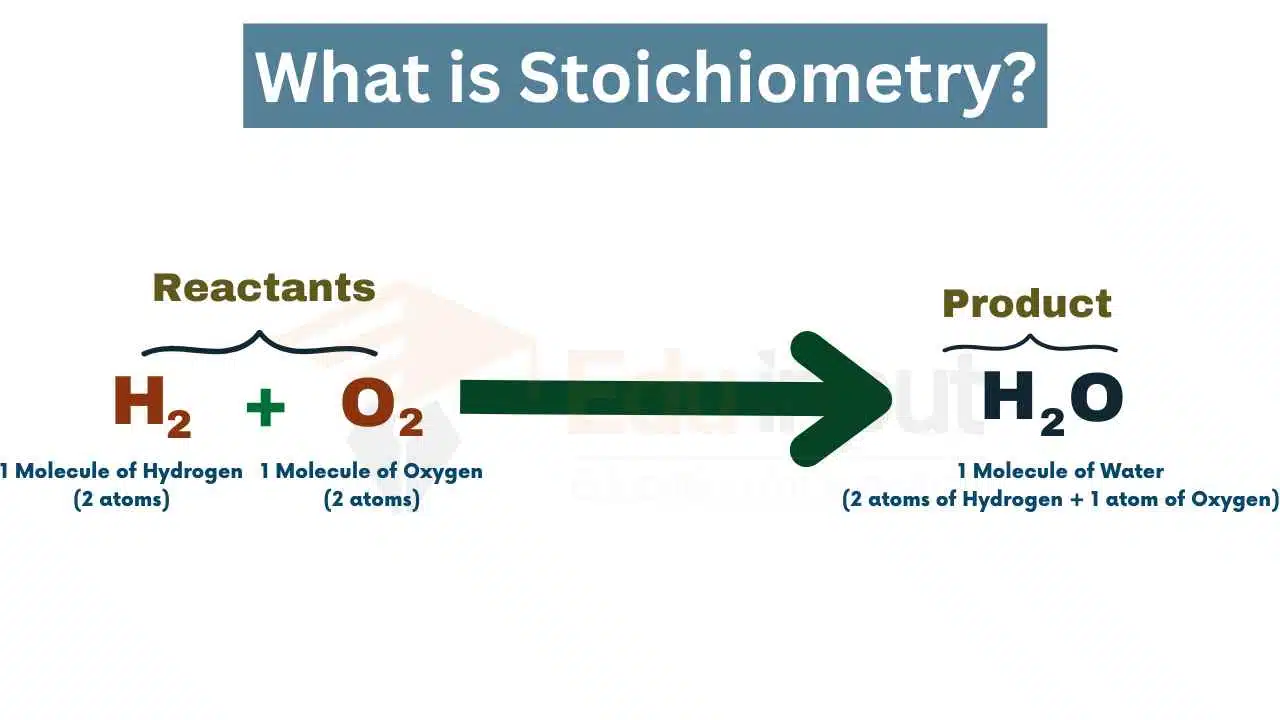How Elements Are Formed with Concept of Atomic Number
Elements are made when atoms gain more protons in their center, called the nucleus. The number of protons is called the atomic number, and it decides what element it is.
In stars, smaller atoms like hydrogen (atomic number 1) join together through fusion to make bigger atoms like helium (atomic number 2). This process keeps going to form elements with higher atomic numbers, like carbon (6), oxygen (8), and iron (26).
When big stars explode in supernovae, they create even heavier elements by adding neutrons, which later turn into protons, increasing the atomic number even more.
The atomic number plays a central role in the formation of elements. It is the number of protons in the nucleus of an atom, and it uniquely identifies an element. Here’s an explanation of how elements are formed with the concept of atomic number.
What is Atomic Number?
The atomic number (Z) represents the number of protons in the nucleus of an atom. It is the fundamental characteristic of an element and determines its identity. In simple terms, the atomic number tells you which element the atom is.
Example:
- Hydrogen (Z = 1) has 1 proton.
- Oxygen (Z = 8) has 8 protons.
For neutral atoms, the atomic number also equals the number of electrons surrounding the nucleus. The number of protons in an atom defines its chemical properties and behavior.
Key Idea: The atomic number determines the identity and properties of each element.
How Are Elements Formed Based on Atomic Number?
Elements are formed through two primary processes: nuclear fusion in stars and artificial synthesis in laboratories. Both of these processes add protons to the nuclei of atoms, thereby increasing the atomic number and forming new elements.
1. Natural Formation of Elements in Stars
In the heart of stars, nuclear fusion reactions take place, where lighter elements combine to form heavier elements. Each time two atomic nuclei collide and fuse, the number of protons in the nucleus increases, thus increasing the atomic number.
The first step in element formation is fusing hydrogen atoms to increase the atomic number and form helium.
Fusion of Hydrogen to Helium: In stars, hydrogen atoms (Z = 1) fuse together to form helium (Z = 2). This process adds protons to the nucleus, increasing the atomic number:
H(Z=1) + H(Z=1) → He(Z=2)
Helium (Z = 2) fuses with other helium atoms:
- 2He + 2He → 4Be (Beryllium, Z = 4)
- 4Be + 2He → 6C (Carbon, Z = 6)
Fusion continues in steps:
- Carbon → Oxygen (Z = 8)
- Oxygen → Neon (Z = 10)
- … up to Iron (Fe, Z = 26).
Fusion in stars builds heavier elements step by step by adding protons, raising the atomic number each time.
Formation of Heavier Elements
As stars age, they fuse heavier elements. For example, after helium (Z = 2) fuses with itself, carbon (Z = 6) is formed. Successive fusion reactions build even heavier elements, increasing the atomic number each time. Eventually, stars can create elements up to iron (Z = 26).
Supernova Explosions
When massive stars explode as supernovae, they release massive amounts of energy that trigger the formation of even heavier elements. In these extreme conditions, atoms capture neutrons rapidly, leading to the formation of elements with higher atomic numbers, such as gold (Z = 79) and uranium (Z = 92).
Example: A nucleus absorbs neutrons → they convert into protons → element forms with much higher Z.
Elements like gold (Z = 79) and uranium (Z = 92) are formed this way.
Supernovae create very heavy elements by indirectly adding protons through neutron capture, increasing atomic number rapidly.
2. Artificial Synthesis of Elements
In laboratories, scientists can create new elements by bombarding atoms with particles in particle accelerators. This process involves adding protons to the nucleus, thereby increasing the atomic number of the resulting element.
In labs, scientists create new elements by colliding atomic nuclei in particle accelerators.
Example
- Bombarding berkelium (Z = 97) with calcium (Z = 20) can form tennessine (Z = 117).
- Z = 97 + Z = 20 = Z = 117
Example of Artificial Element Formation
- Tennessine (Z = 117) was created by fusing berkelium (Z = 97) with californium (Z = 98). The sum of their atomic numbers (97 + 98) resulted in Tennessine (Z = 117).
These artificially synthesized elements are often unstable and decay over time, but they help scientists explore the boundaries of chemistry and physics.
Artificial elements are formed by combining nuclei to reach a specific atomic number.
Atomic Number and Identity of Elements
The atomic number determines what an element is and how it behaves chemically. It is the core feature that defines an element’s position in the Periodic Table. Elements with the same atomic number have the same number of protons, and thus, they behave in similar ways.
For example:
- Carbon (Z = 6) has 6 protons and is essential for life.
- Oxygen (Z = 8) has 8 protons and is essential for respiration.
- Iron (Z = 26) has 26 protons and is a key component in steel.
Adding or removing protons from an atom’s nucleus transforms one element into another. This is why the atomic number is such a fundamental concept in understanding how elements are formed.
The periodic table’s layout follows atomic number, not size or mass.






Leave a Reply